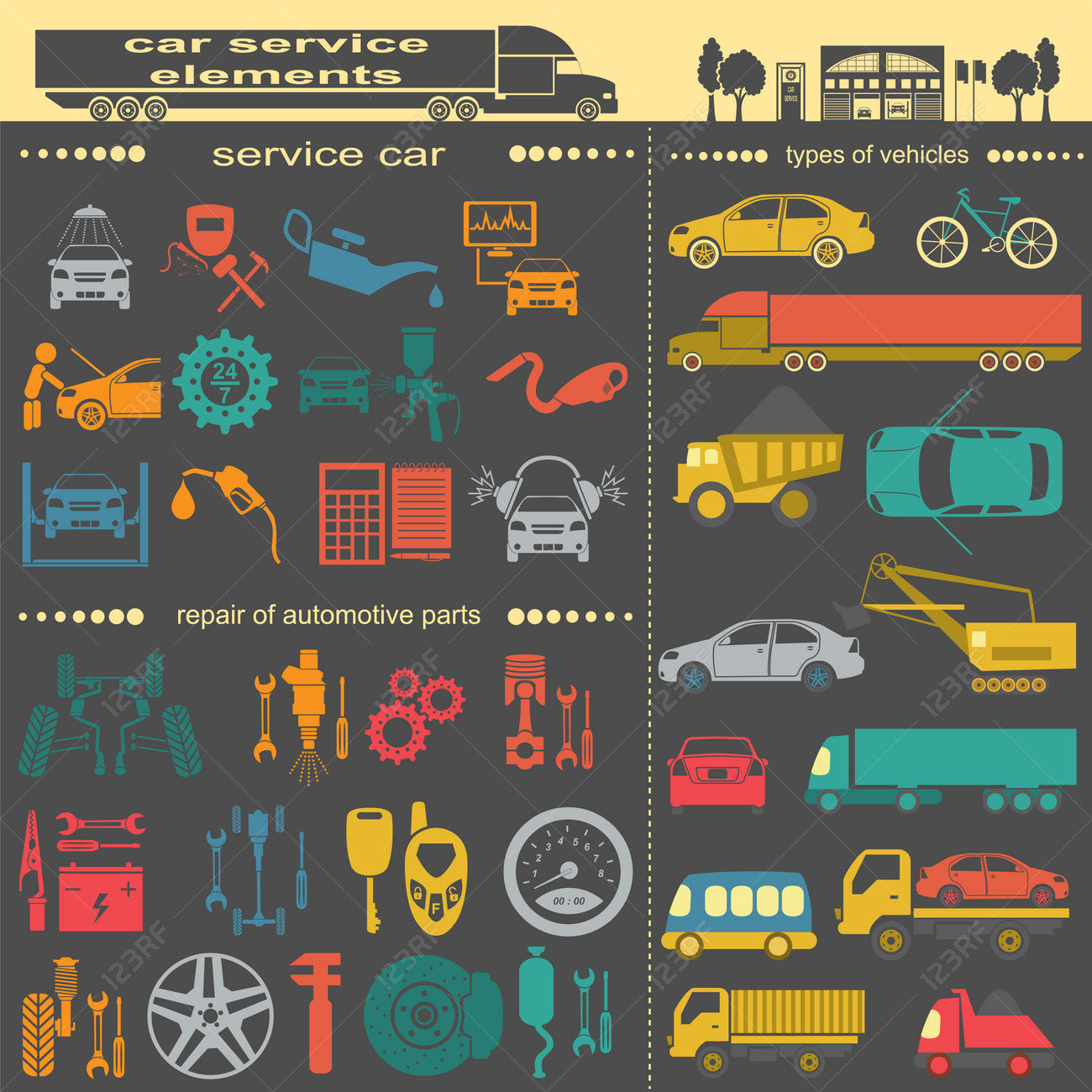Uncover The Definitions Behind The Dashboard Warning Lights In Your Auto To Protect The Health And Safety Of Your Automobile
Uncover The Definitions Behind The Dashboard Warning Lights In Your Auto To Protect The Health And Safety Of Your Automobile
Blog Article
Web Content Created By-Kane Bishop
When you're behind the wheel, those glowing warning lights on your control panel can be a bit perplexing. Do you understand what they're trying to tell you about your auto's health? Understanding the significance of these lights is essential for your security and the longevity of your lorry. So, the next time one of those lights turns up, wouldn't you want to decode its message precisely and take the essential steps to address it?
Common Warning Lighting and Interpretations
Determine usual caution lights in your auto and recognize their meanings to guarantee risk-free driving.
One of the most typical warning lights include the check engine light, which signifies concerns with the engine or discharges system. If this light begins, it's vital to have your vehicle inspected quickly.
The oil pressure warning light suggests low oil stress, requiring instant interest to avoid engine damages.
A blinking battery light might recommend a damaged billing system, possibly leaving you stranded otherwise addressed.
The tire pressure monitoring system (TPMS) light alerts you to reduced tire stress, influencing car security and fuel performance. Disregarding this might bring about hazardous driving conditions.
The ABS light shows a trouble with the anti-lock stopping system, compromising your ability to quit rapidly in emergency situations.
Last but not least, the coolant temperature alerting light warns of engine getting too hot, which can lead to serious damage otherwise dealt with promptly.
Recognizing these typical caution lights will aid you attend to concerns promptly and keep secure driving problems.
Importance of Prompt Interest
Recognizing the usual warning lights in your cars and truck is only the initial step; the significance of without delay dealing with these cautions can not be stressed sufficient to ensure your security when driving.
When a warning light brightens on your control panel, it's your car's method of connecting a potential concern that needs attention. Disregarding https://www.nasdaq.com/articles/zacks-industry-outlook-highlights-oreilly-automotive-autozone-carmax-and-advance-auto can lead to much more extreme troubles down the road, jeopardizing your safety and possibly costing you extra out of commission.
Motivate focus to warning lights can prevent malfunctions and accidents. For example, a flashing check engine light might show a misfire that, if left neglected, might trigger damages to the catalytic converter. Addressing automotive paint services can conserve you from a costly fixing.
Likewise, a brake system advising light might signal reduced brake fluid or worn brake pads, critical components for your security when driving.
Do It Yourself Troubleshooting Tips
If you observe a caution light on your dashboard, there are a few do it yourself repairing suggestions you can attempt prior to looking for professional aid.
The very first step is to consult your automobile's handbook to comprehend what the details caution light suggests. In some cases the issue can be as easy as a loose gas cap causing the check engine light. Tightening up the gas cap may deal with the issue.
One more common issue is a reduced battery, which can trigger various cautioning lights. Checking the battery links for deterioration and guaranteeing they're safe and secure could take care of the trouble.
If a caution light continues, you can attempt resetting it by disconnecting the auto's battery for a couple of mins and after that reconnecting it. Furthermore, inspecting https://transmissionfluidchangeco38416.blogsidea.com/34490438/uncovering-a-trustworthy-auto-repair-shop-in-your-location , such as oil, coolant, and brake liquid, can aid fix alerting lights associated with these systems.
Conclusion
Finally, understanding your vehicle's caution lights is important for keeping your vehicle running smoothly and securely. By immediately attending to these signals and knowing what they imply, you can stay clear of expensive fixings and potential break downs.
Bear in mind to consult your car's handbook for certain information on each cautioning light and do something about it accordingly to guarantee a hassle-free driving experience.
Keep educated, stay secure when traveling!
